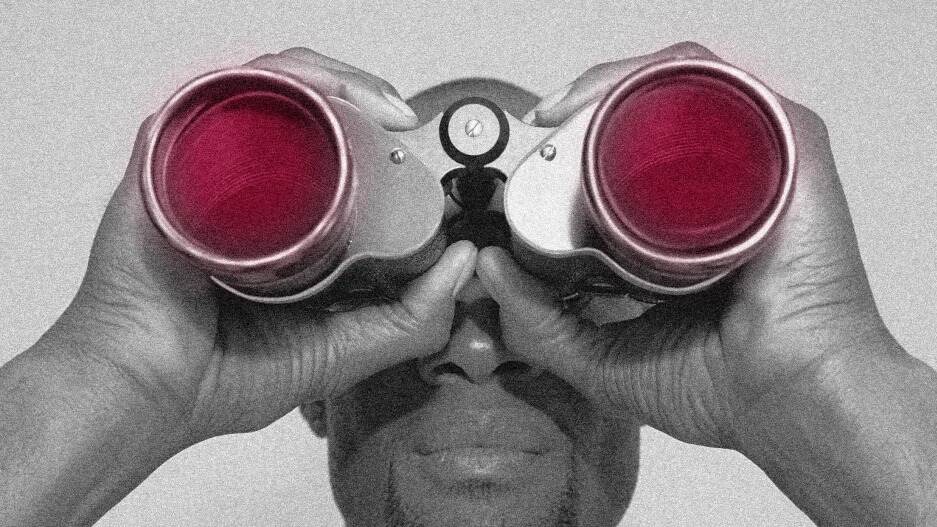- | 8:00 am
How to predict and prevent challenges at work—before they arise
Jotform’s CEO argues that predicting challenges is a science, not an art.

In life, we tend to make plans based on past experiences. If last year’s vacation at an all-inclusive resort was a bust, this year you might rent a cozy, kitchen-equipped Airbnb. If your uncle and second cousin got into a raging debate at last year’s holiday gathering, this year you might seat them at opposite ends of the table.
The workplace, however, isn’t a special occasion. In today’s ultra-competitive economy, it can feel like you’re constantly in survival mode, with little room for predictive planning. Instead, we tend to focus on wrapping up current projects, preparing for tomorrow’s meeting, or just getting through the day. For leaders, working retroactively can become the default mode.
But in my experience as a CEO for nearly two decades, I’ve learned that there’s great value in taking the time to step back and put on my predictive hat. Rather than limiting feedback to past actions, leaders can use these conversations to forecast and prevent future challenges—and both employees and organizations stand to benefit. Here’s a closer look at some strategies that have paid off in spades for me and my team.
HOW TO PREDICT CHALLENGES
I think of predicting challenges as a science, not an art. It doesn’t require particular talent or a soothsayer’s mystical powers. It’s about gathering the right evidence and using that to make an informed hypothesis.
The first rule of thumb is to never limit yourself to one perspective. At the first hint of trouble on the horizon, try to get as many viewpoints as feasible. If you wanted to picture a building across the world (for the sake of this hypothetical, pretend we’re in pre-smartphone days), would you ask one person standing in one position to describe it for you? No. You’d want to understand how it looks from various angles. And while one person might remark on its skyscraping height, another might comment on the art deco architectural style, another on the massive entrance.
In fact, research from Wharton professor Philip Tetlock confirms that people who consider multiple points of view make better predictions than those who restrict themselves to one perspective.
Another strategy, borrowed from professional forecaster Paul Saffo, is to hold strong opinions weakly. As a leader, I know that it’s important to be decisive. Simultaneously, I stand ready to be corrected at any time. I try to cultivate an atmosphere in which employees aren’t afraid to speak up and explain why if they disagree with me.
Saffo also recommends looking further into the past than you look into the future. Saffo discusses this strategy in the context of larger societal trends—like the emergence of television—but I think the same strategy can be applied to the history of your business.
For example, I founded Jotform in 2006. So when it came to navigating the pandemic, I didn’t just consider our performance over the past couple of years. I looked back to the financial crisis that began in 2008, remembering what challenges we faced then and how we could have handled them better. Ultimately, it helped me double down on our commitments, like listening to users and continually coming up with tools and solutions to make their everyday work lives easier.
HOW TO PREVENT CHALLENGES
Identifying challenges is just the first step. It’s critical to implement practices to avoid those same pitfalls in the future. For starters, meet regularly to discuss past and future challenges.
When leaders consign feedback to one annual review, the conversation becomes fraught. Neither side is accustomed to the candid exchange. Understandably, employees often bristle under the perceived criticism. I remember the first time I read a negative tweet about one of my articles. It felt like a personal attack. But the more you get into the habit of receiving feedback about your work, the less that negative feedback stings. When you are comfortable receiving feedback, you become more objective and can apply that feedback constructively. For leaders, the same logic applies. Delivering candid feedback is a muscle that gets stronger each time you use it.
These meetings should be two-way dialogues. Joe Hirsch, author of The Feedback Fix, likens it to mirror holding, not window gazing. “Instead of telling their employees what to see, managers guide them where to look,” he writes. This means asking thoughtful questions and allowing employees to help plot the path forward.
When it comes time to offer prescriptive advice, leaders can reframe their contribution as “feedforward” rather than feedback. Feedforward is an emerging trend in the business world about offering future-facing solutions. The goal may be the same as feedback, but the emphasis shifts slightly. Let’s say your employee gave a presentation recently. Instead of saying, “You lost us during the introductory remarks.” You might try, “This time, let’s put the introduction in layman’s terms and include handouts to explain the intricacies later.” In short, try to be constructive rather than condemning.
Leaders are tasked with both predicting and preventing future challenges. Not examining employees’ past performances, including weak spots, and having honest conversations is a disservice to them and to your organization.
But with time, you can cultivate a culture in which these proactive conversations are valued, not feared—among all parties. Together, you can plan how to navigate future workplace challenges with as much objectivity and foresight as if you were planning the seating chart for your next holiday gathering.








































